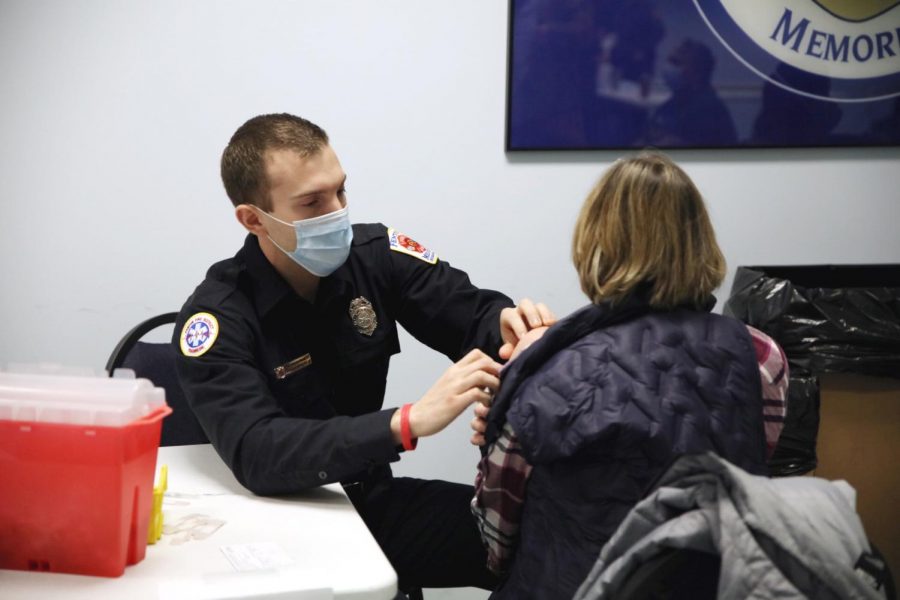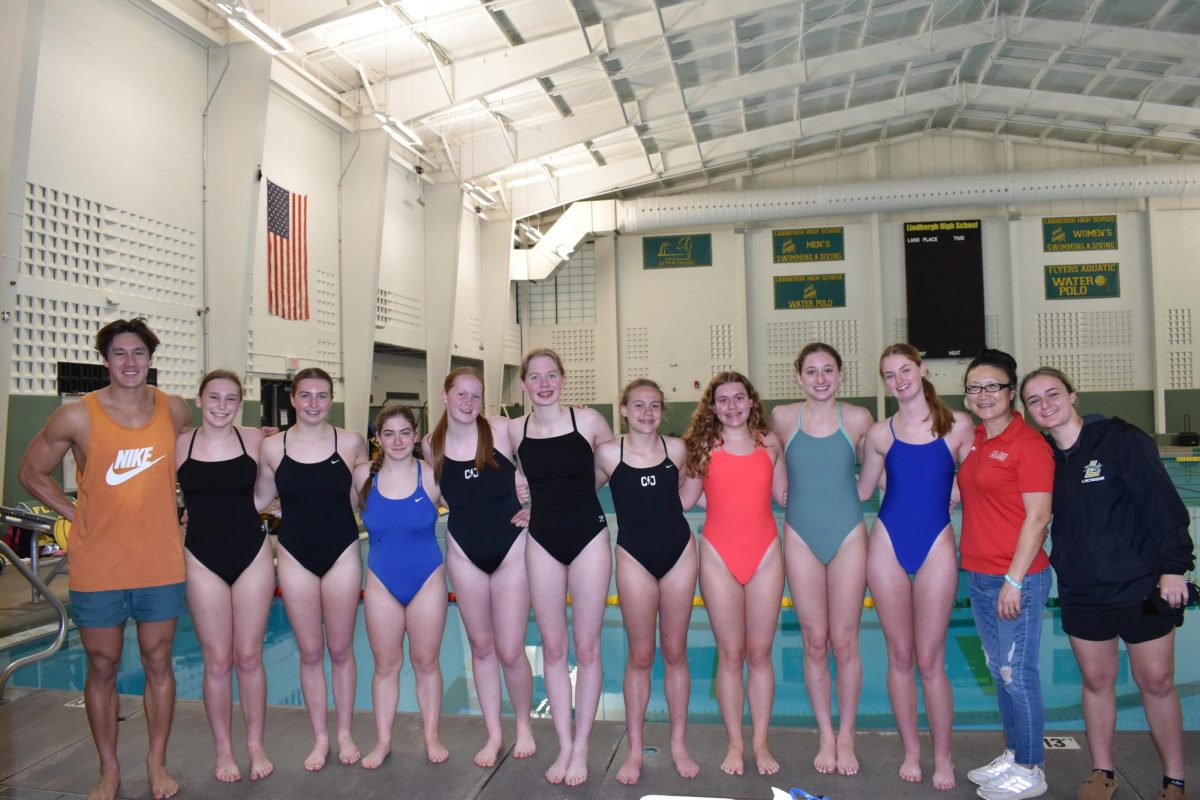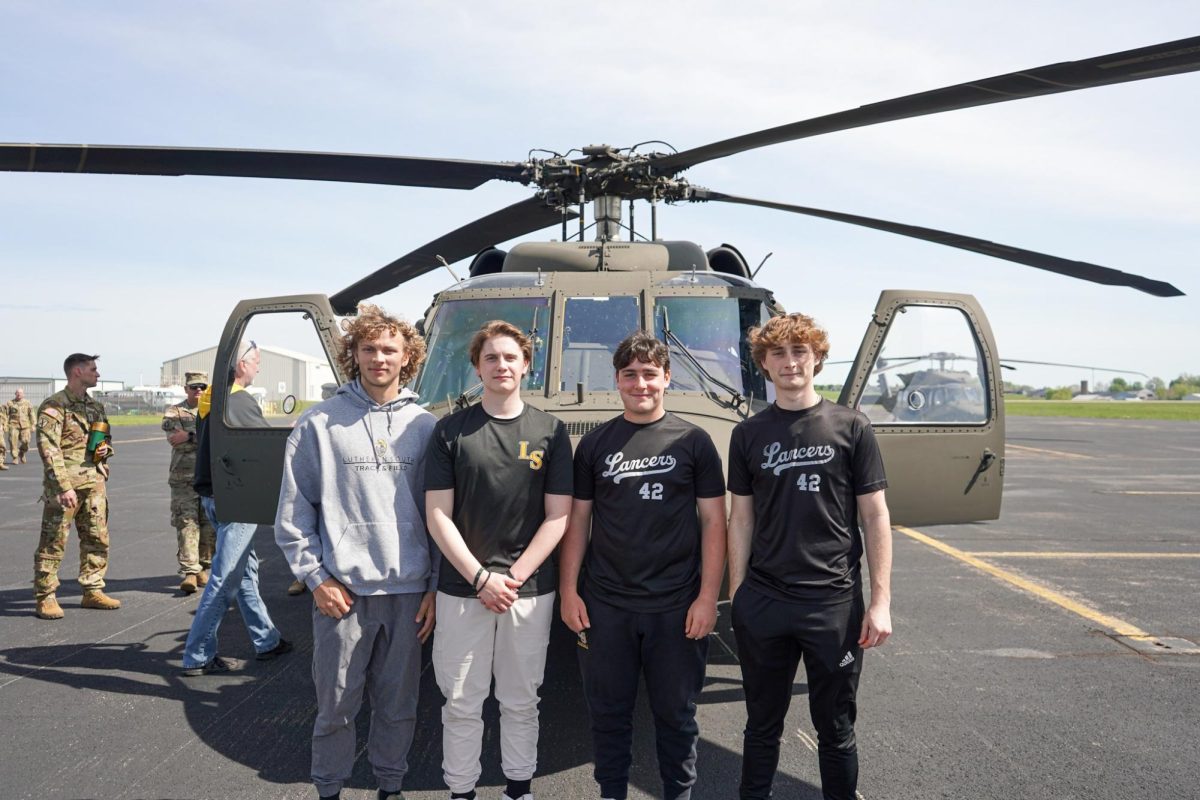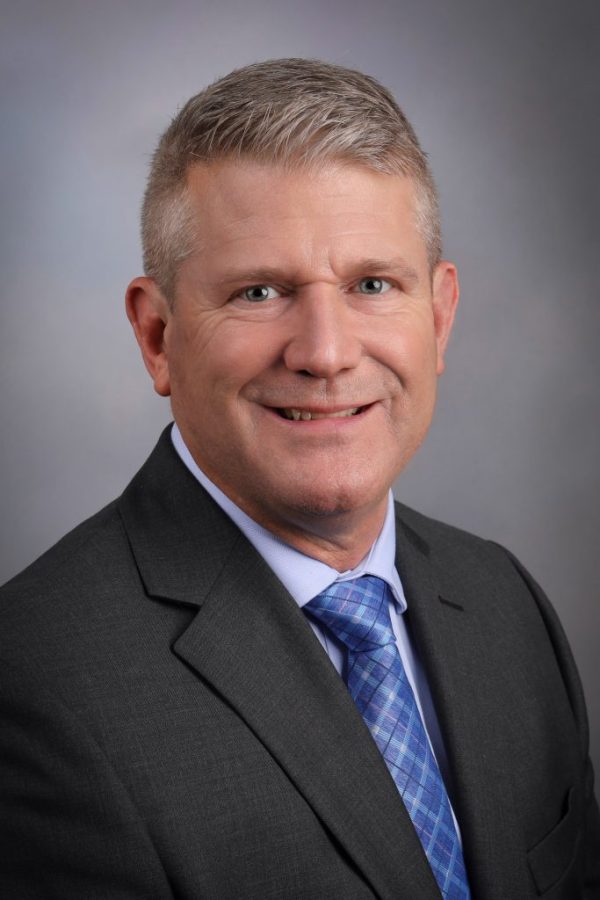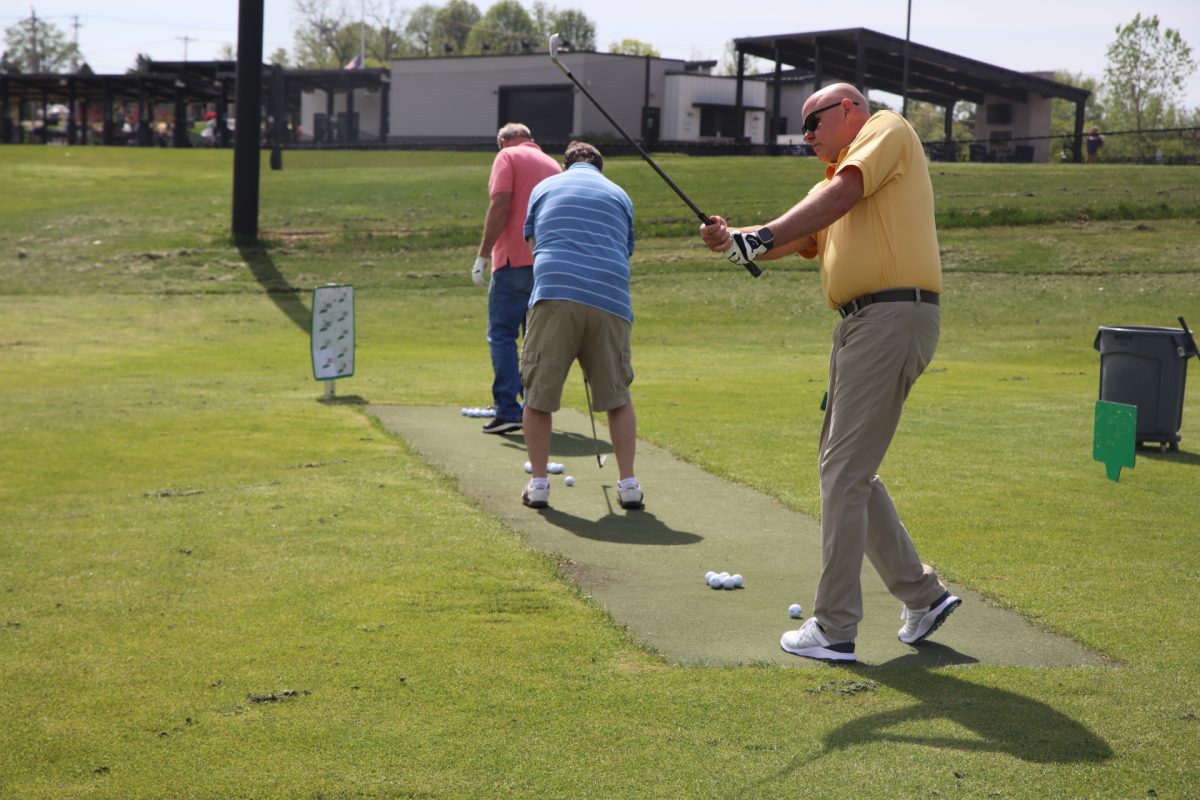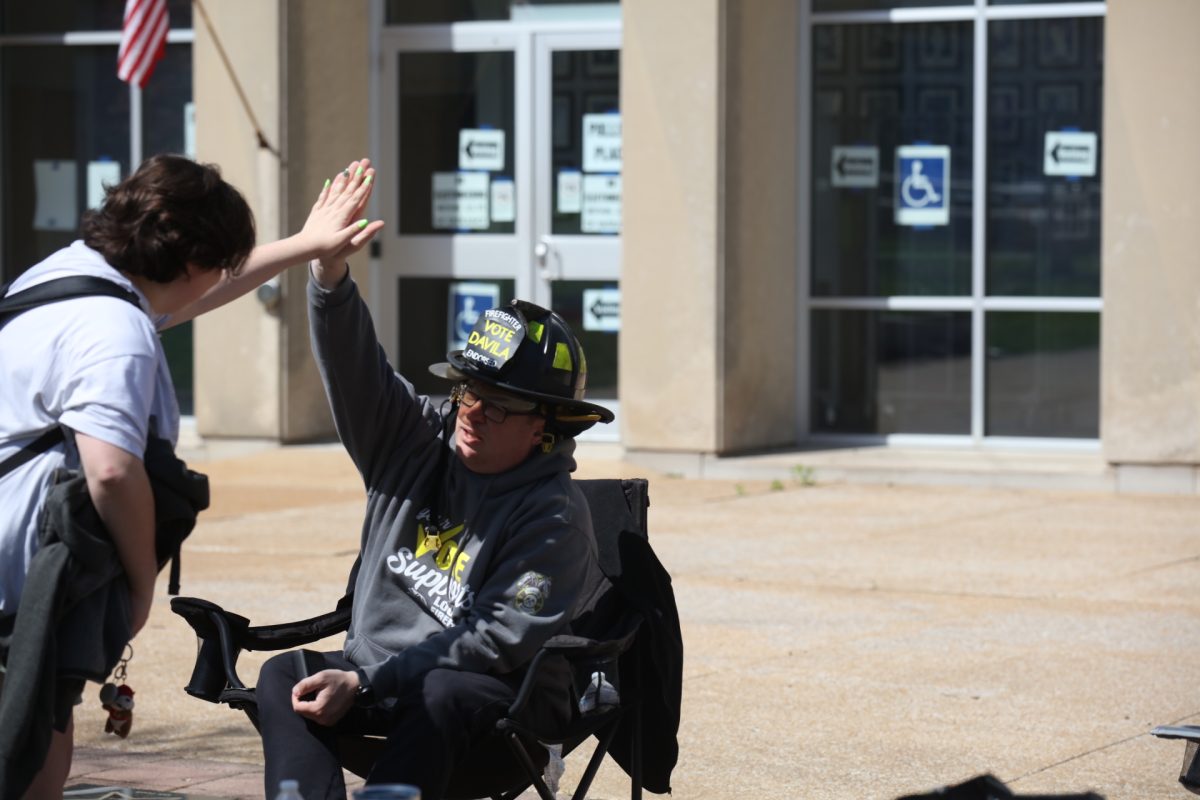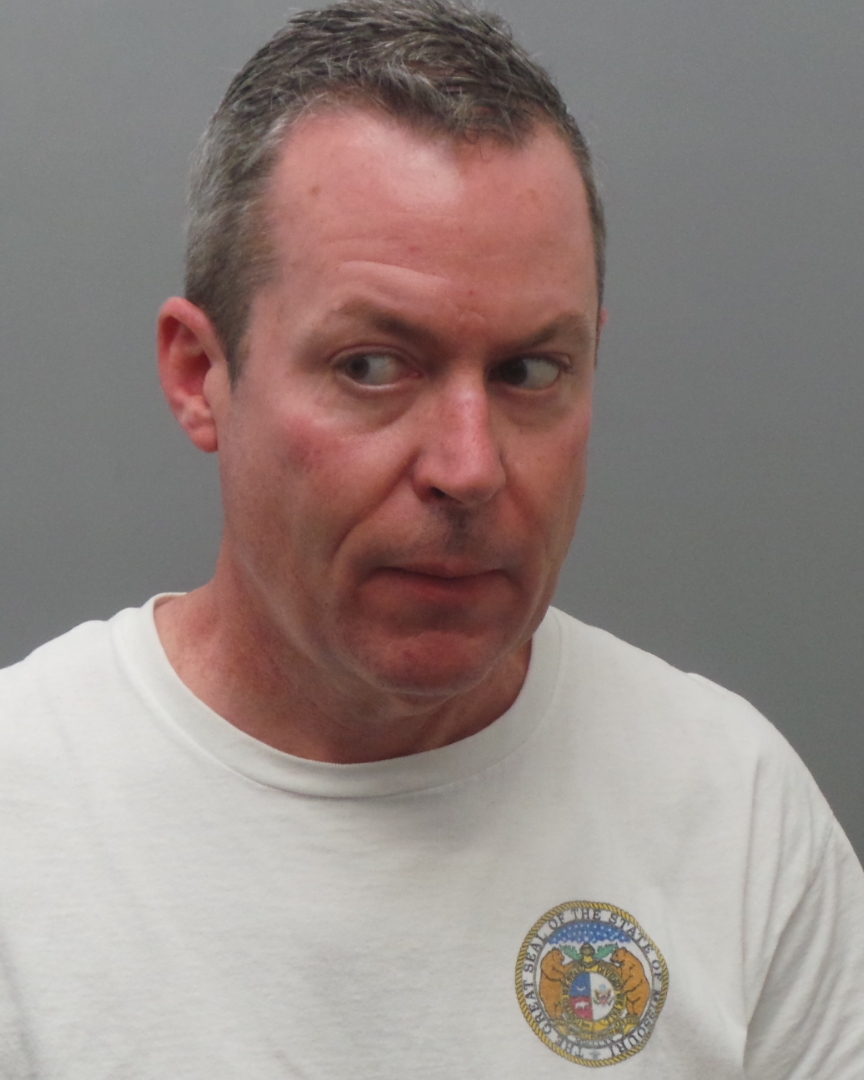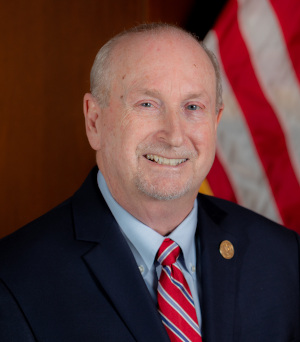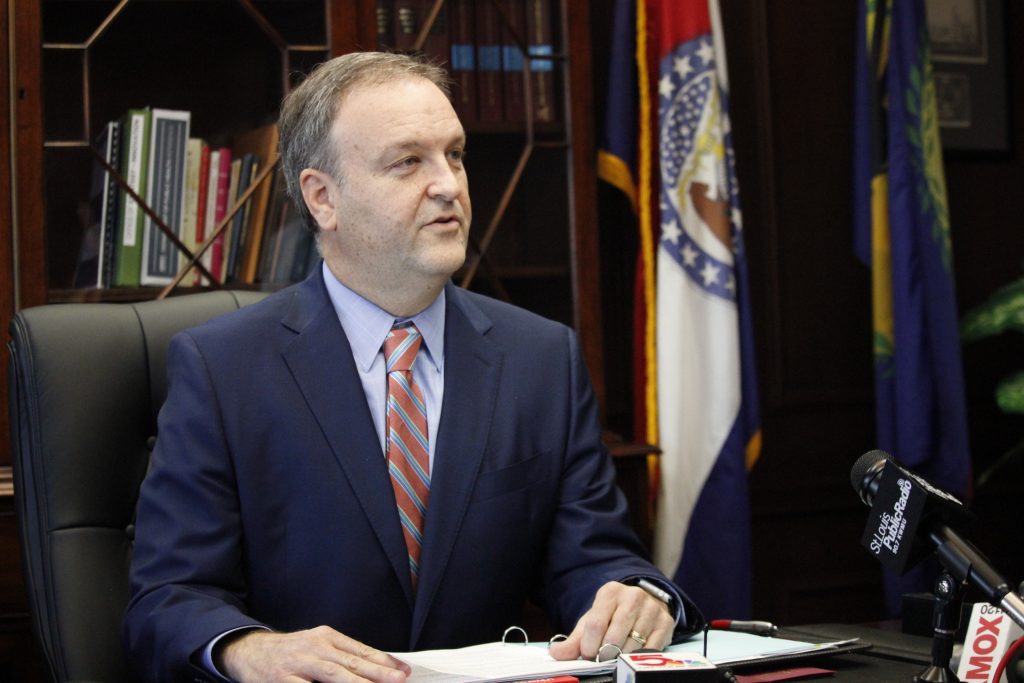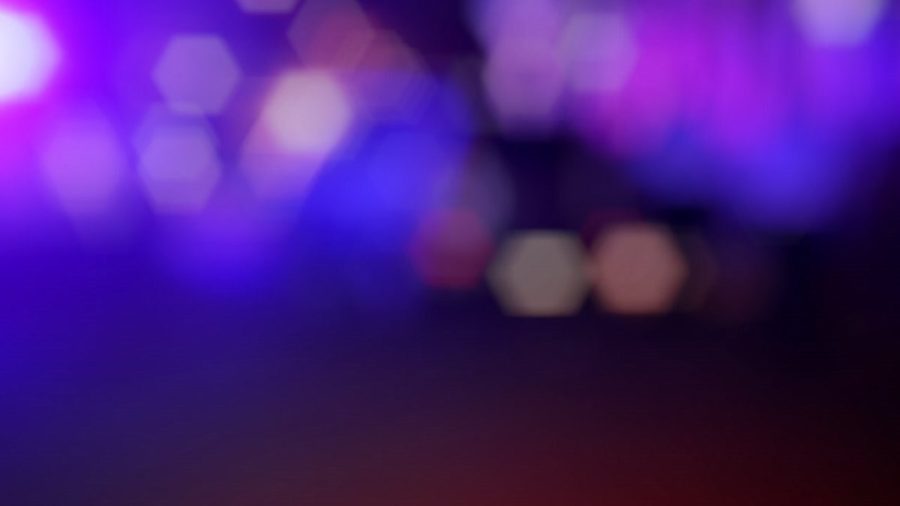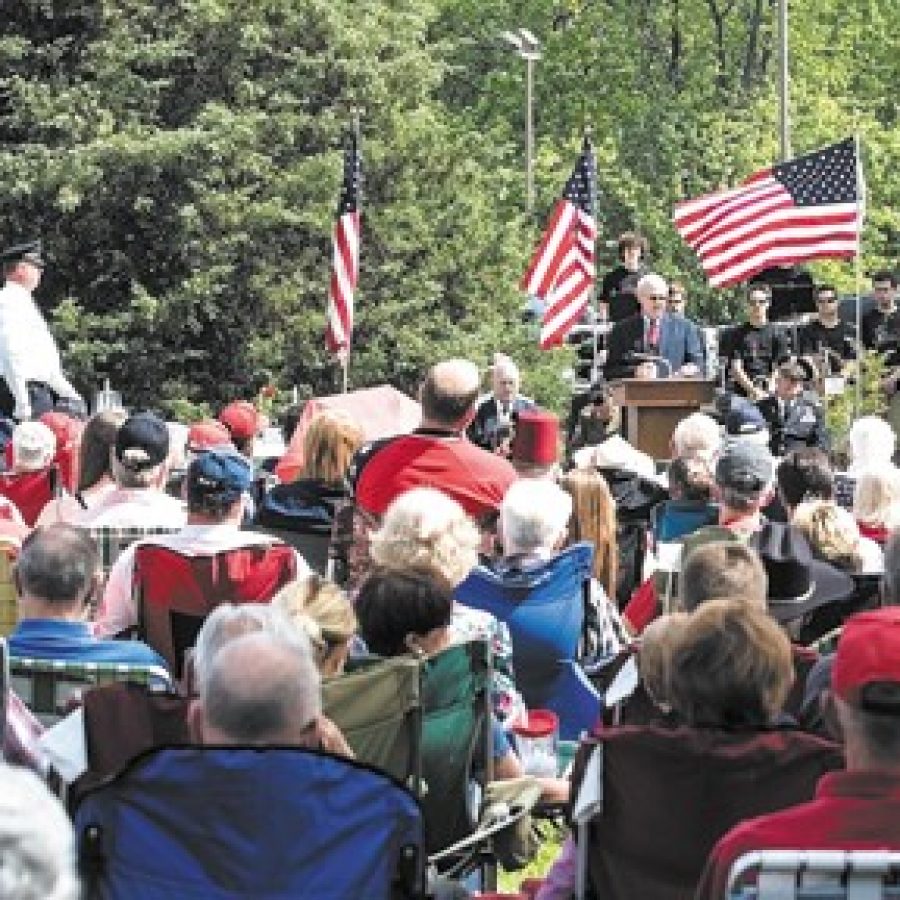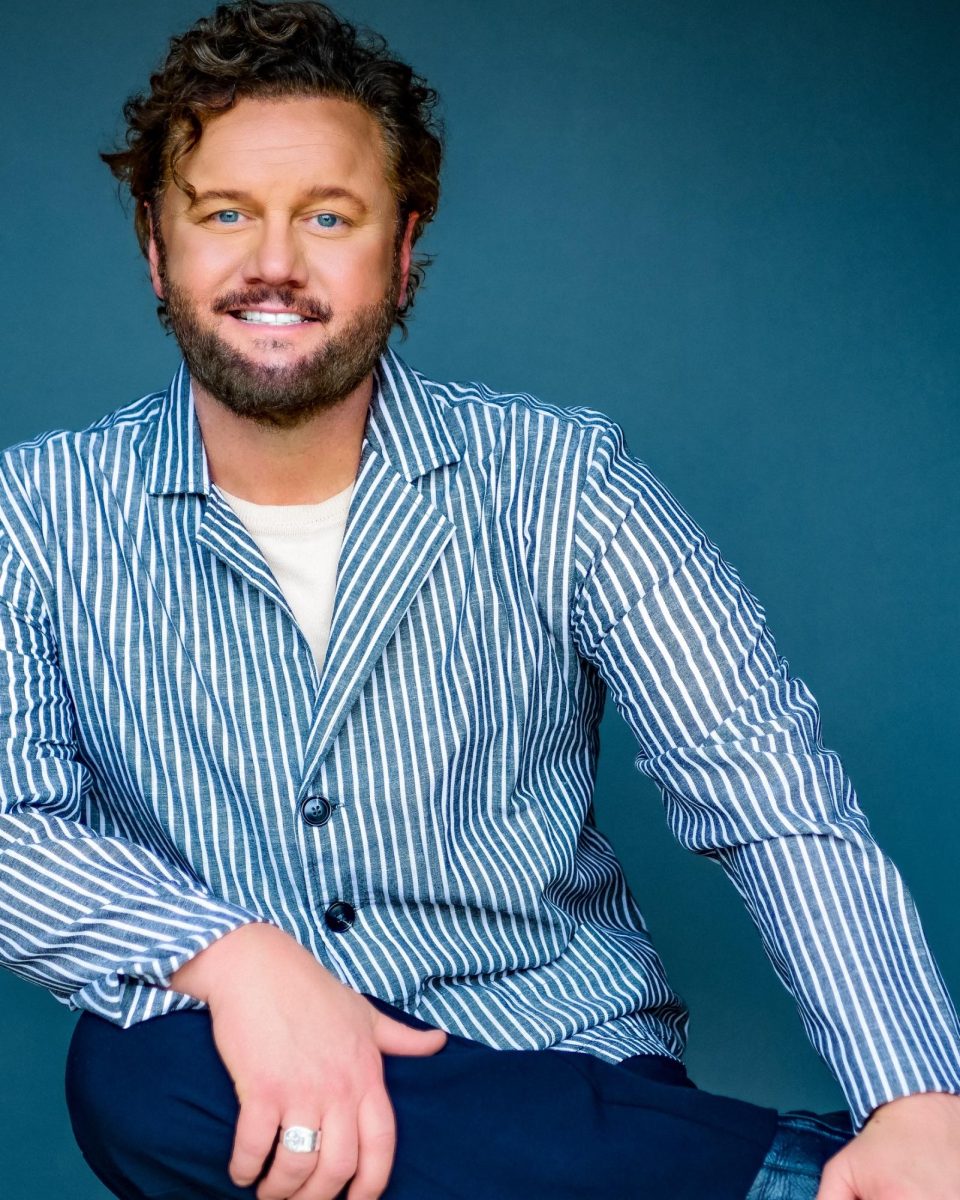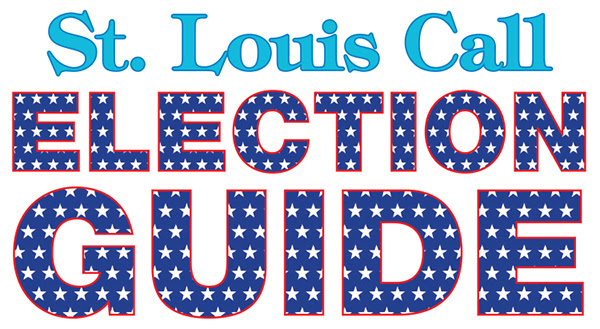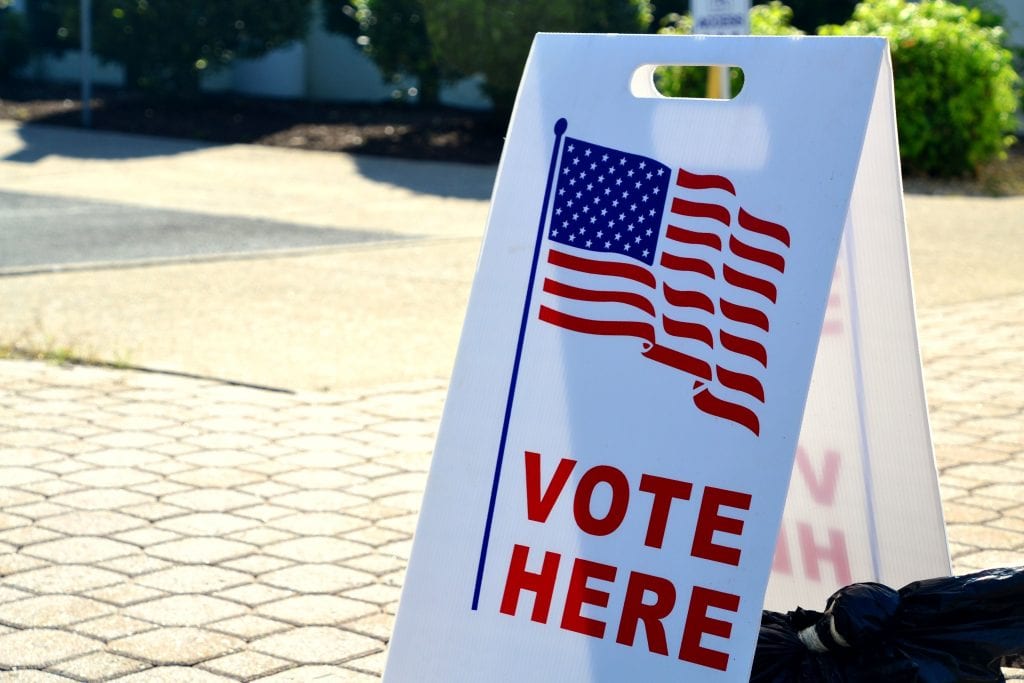A consulting firm hired by the state has repeatedly found Missouri’s urban centers have the largest “vaccination gap” — the estimated number of eligible residents who still haven’t received their first dose of the COVID-19 vaccine.
The analyses, which were conducted by Deloitte Consulting and provided to The Missouri Independent through an open records request, began recommending targeted mass vaccination sites and improved administration methods like “high throughput” hospitals to help close those gaps as early as Feb. 8.
Deloitte’s findings appear to confirm many residents’ frustration: that vaccines are harder to access in the state’s urban centers, forcing those with the time and resources to more rural areas to find an available appointment.
Nearly a third of Missourians whose residence was known — or about 30.4 percent — were traveling outside of their county of residence to receive a vaccine, according to Deloitte’s Feb. 22 analysis.
Meanwhile, Deloitte also found rural counties in Missouri’s southwest region tended to be the areas with the lowest percentage of eligible residents vaccinated.
Gov. Mike Parson has repeatedly shared figures that show vaccines are being allocated proportionally based on each of the nine Highway Patrol regions’ populations. But whether doses are being proportionally allocated within each region is unclear.
“There are some out there who want to push the narrative that we are not efficiently and equitably administering COVID-19 vaccines, especially in the St. Louis area,” Gov. Mike Parson said during a Feb. 11 press conference. “This is simply not true.”
Just three days before Parson’s Feb. 11 comments, an analysis was sent to top leaders at various state agencies, including the Department of Health and Senior Services and Parson’s senior staff members, showing St. Louis County had the highest gap between the number of eligible residents and the number of residents who had received their first dose.
St. Louis city had the fifth-highest gap. The analysis used data as of Feb. 4.
“The top 10 counties with the largest vaccination gap account for 62% of the eligible population in Phase 1A and Phase 1B Tiers 1 & 2,” Mike Daggitt, a senior manager at Deloitte Consulting, wrote in a Feb. 8 email recapping highlights from the analysis.
Two weeks later, Deloitte found that the top 10 counties had not changed.
According to that analysis, which used vaccination data as of Feb. 13, the top 10 counties with the largest gap were: St. Louis, Jackson, St. Charles, St. Louis city, Greene, Clay, Jefferson, Boone, Cass and Franklin.
For St. Louis County, an estimated 364,018 eligible residents had not yet been vaccinated — the largest gap in any county.
Those same counties were also within the top 10 when looking at gaps in just the 65 and older population, “suggesting those counties may be having difficulty reaching the 65+ population,” the analysis read.
Approximately 96,215 prime doses were not tagged to an individual county and therefore excluded in the percent vaccinated analysis.
Neither DHSS nor the governor’s office responded to requests for comment Tuesday on Deloitte’s findings.
Deloitte, a global consulting firm with offices in Missouri, has been analyzing data to advise the state on its vaccine distribution model. According to state records, the firm has been paid nearly $600,000 by the state in fiscal year 2021.
According to an earlier Feb. 8 analysis by the firm, the top 10 counties with the lowest vaccination rates ranged from 7 to 11 percent vaccinated, compared to other counties across Missouri that had up to 52 percent of their eligible populations vaccinated.
Some of the counties that have repeatedly had the lowest percent of eligible residents vaccinated included Taney, Newton, Barry and Crawford.
When looking at St. Louis County and Jackson County — the two with the largest gaps in vaccinations of eligible residents — the Feb. 22 analysis identified various contributing factors, such as the areas’ large populations and having nearly two times the state average of minority residents.
The mass vaccination event planning “could consider collaborating with local, community-based programs here to optimize vaccine confidence,” takeaways read for both counties.
Frustration has been building for weeks as mass vaccination events have been consistently held hours outside of the city centers. And that frustration seemed to reach a new level after multiple mass vaccination events in rural areas ended the day with hundreds of unused doses.
In one county, 143 doses went to waste.
The issue prompted lawmakers and experts to call on the state to adjust its distribution model. Parson suggested Monday that change was on the horizon. In addition to transitioning some mass vaccination teams to the Kansas City and St. Louis regions to hold more events, the governor promised that 15 percent of the state’s weekly supply moving forward will go toward “vaccine desert mitigation.”
An earlier analysis by Deloitte found an expanding portion of St. Louis and Kansas City were considered “vaccine deserts,” or areas with limited-to-no access to the COVID-19 vaccine.
On Tuesday, Kansas City Mayor Quinton Lucas sent a letter to the Federal Emergency Management Agency requesting mass vaccination sites be established in the city, according to The Kansas City Star.
However, it appears that vaccines being administered in the state’s metros weren’t always making it to their own residents.
According to the Feb. 22 analysis, in St. Louis County about 40 percent of vaccines administered there were given to people who live in surrounding counties and cities or out of state.
A portion of individuals who did not have counties of residence were assumed to be out of state.
Earlier this month, the Department of Health and Senior Services released new guidance stressing that vaccine should be administered to Missouri residents first and foremost.
Cass County, which is in the Kansas City metro area, and Jefferson County, which is in the St. Louis metro area, were the only two counties to be within both the top 10 for the highest vaccination gap and lowest percent vaccinated for all eligible residents.
Meanwhile, when looking at just the 65 and older age group, Jefferson County and St. Louis city both fell within the top 10 counties for the largest vaccination gap and lowest percent vaccinated, according to the Feb. 22 analysis.
In both the St. Louis area, which was described as “a geography with a large vaccination gap and high number of vaccine deserts,” and the southwest corner of the state, vaccination rates only increased moderately from the week before, according to the Feb. 22 analysis.
The metros are also the areas with the highest likelihood of having more vulnerable residents, Deloitte also found.
A Feb. 1 analysis determined that the St. Louis, Kansas City and Springfield metros, in addition to the Ozarks, were more likely to have high concentrations of individuals with one or more comorbidities. That persisted when looking at areas with individuals at high risk for three or more comorbidities.
Areas with a high prevalence of people with a disability tended to trend more toward the central and southern portions of the state.
The analysis suggested the state consider prioritizing these areas when addressing vaccination access and vaccine distribution.
This article is from the Missouri Independent.



